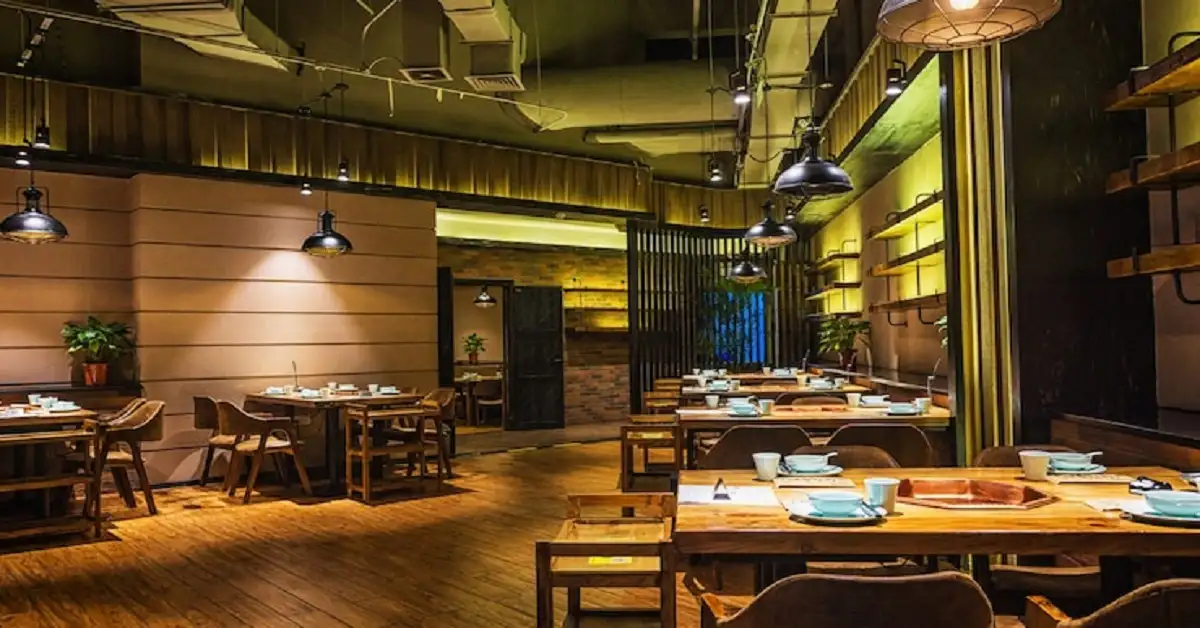THE ROLE OF RESTAURANT FURNITURE IN DEFINING DINING SPACES
The dining experience extends far beyond food. Elements such as lighting, ambiance, and layout all shape how customers feel about a restaurant. At the heart of this experience is the furniture, which impacts comfort, flow, and first impressions.
When selecting restaurant furniture, it’s important to prioritize both aesthetics and durability. Seating Masters offers a range of commercial-grade options designed specifically for restaurants, helping business owners create spaces that reflect their brand while withstanding heavy daily use.
DESIGN THAT TELLS A STORY
Furniture isn’t just functional—it’s a storytelling tool. Whether your restaurant is sleek and modern or cozy and vintage-inspired, the tables, chairs, and booths you choose play a major role in setting the tone. Matching your furniture to your overall interior theme helps create a cohesive environment that enhances customer satisfaction.
Consistency in design elements such as material, color, and finish contributes to a polished and intentional look. This harmony makes a stronger impression on guests and can influence how they perceive your brand.
COMFORT FOR LONGER STAYS
Comfort is a key factor in how long customers choose to stay—and how soon they return. A visually impressive space won’t matter if the chairs are stiff or the tables awkwardly positioned. Restaurant furniture should balance form with function, offering ergonomic support and practical proportions.
When evaluating furniture, consider aspects like seat depth, backrest angles, table height, and booth padding. These details might seem small but can have a significant effect on a diner’s overall experience.
BUILT TO LAST
Restaurants experience a high turnover of customers each day, which means the furniture has to be tough. Commercial environments demand materials that can resist spills, scuffs, and frequent cleaning. Choosing furniture made from hardwood, steel, and high-density laminates ensures that it can withstand the demands of daily use without degrading quickly.
Additionally, materials should be easy to clean and maintain. Upholstered pieces should use stain-resistant fabrics or commercial-grade vinyl to simplify upkeep while still offering a comfortable feel.
MAXIMIZING SPACE EFFICIENCY
Effective space planning ensures that your restaurant layout supports both comfort and operational flow. The type and size of your furniture should reflect the available square footage and the service model of your establishment.
For smaller spaces, booths or banquettes against walls can maximize seating. Larger areas might allow for more spacious table arrangements or flexible furniture that can be rearranged as needed. Always leave enough space for staff and customers to move easily, especially during peak hours.
FINDING THE RIGHT BALANCE BETWEEN COST AND QUALITY
While it’s important to stay within budget, skimping on quality can lead to greater long-term costs due to wear, damage, or replacement needs. Durable, well-designed furniture typically pays for itself through years of reliable use and better guest feedback.
In addition to upfront costs, consider delivery, assembly, and warranty options. Reliable furniture suppliers often provide detailed support during the buying process, helping restaurant owners make informed decisions that align with both their vision and budget.



